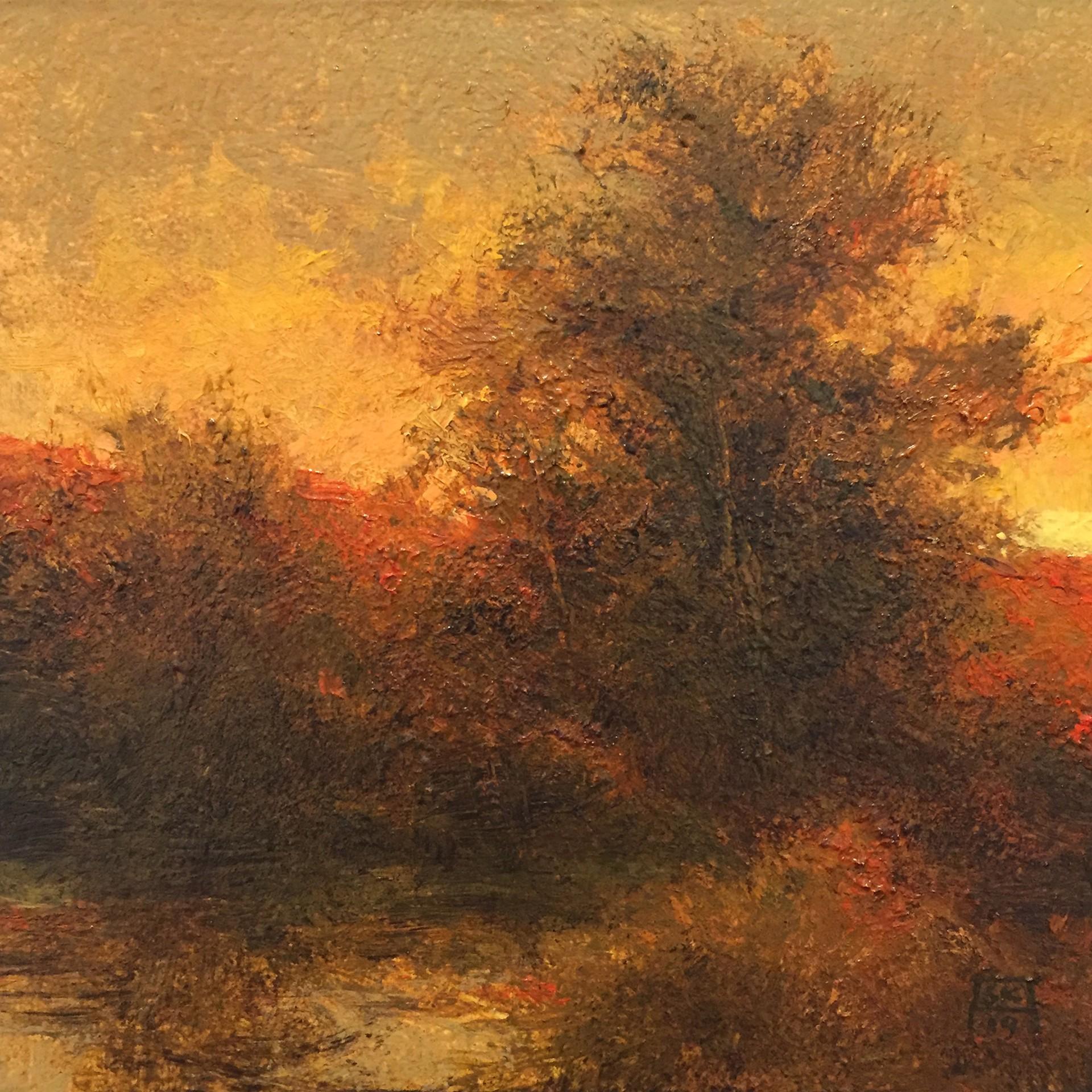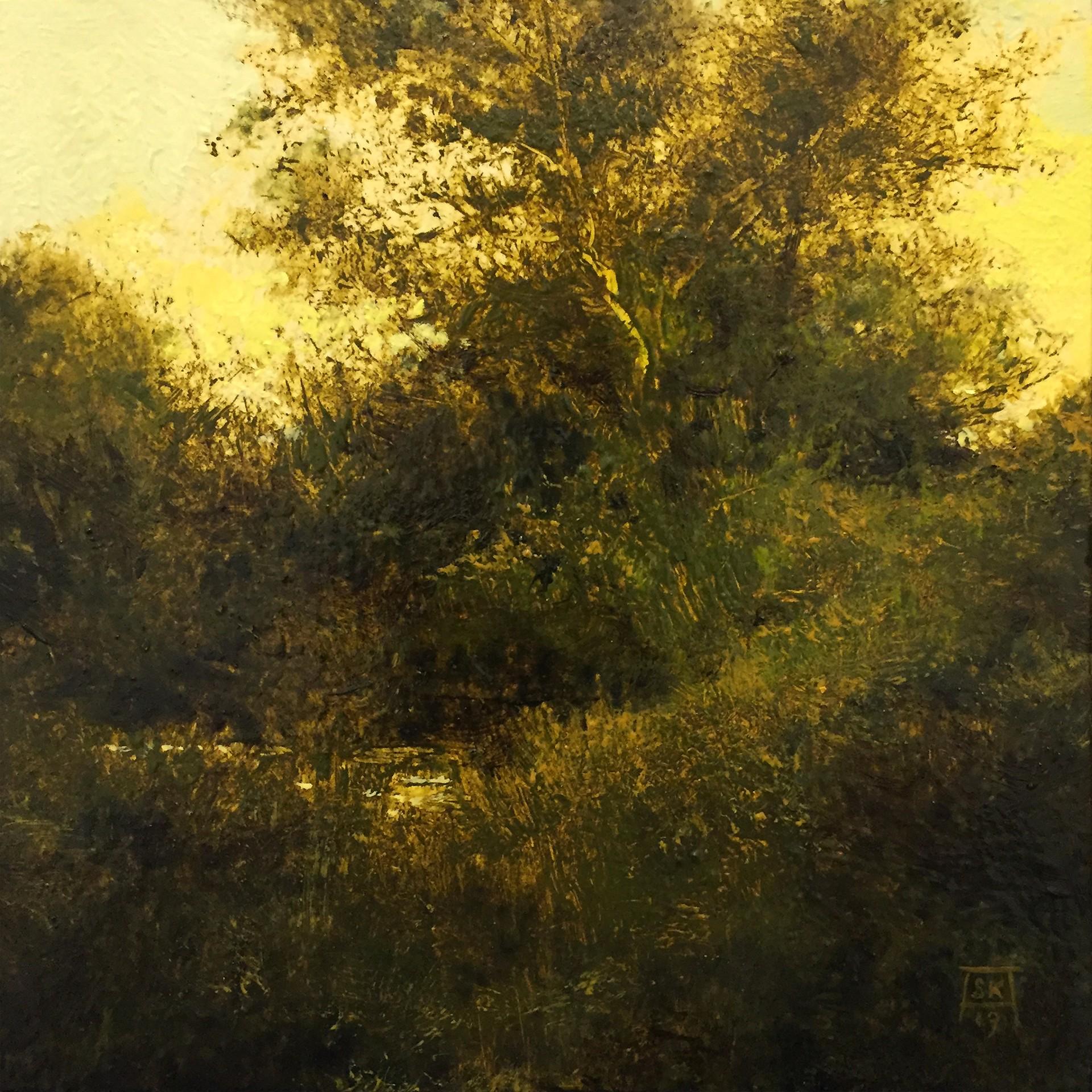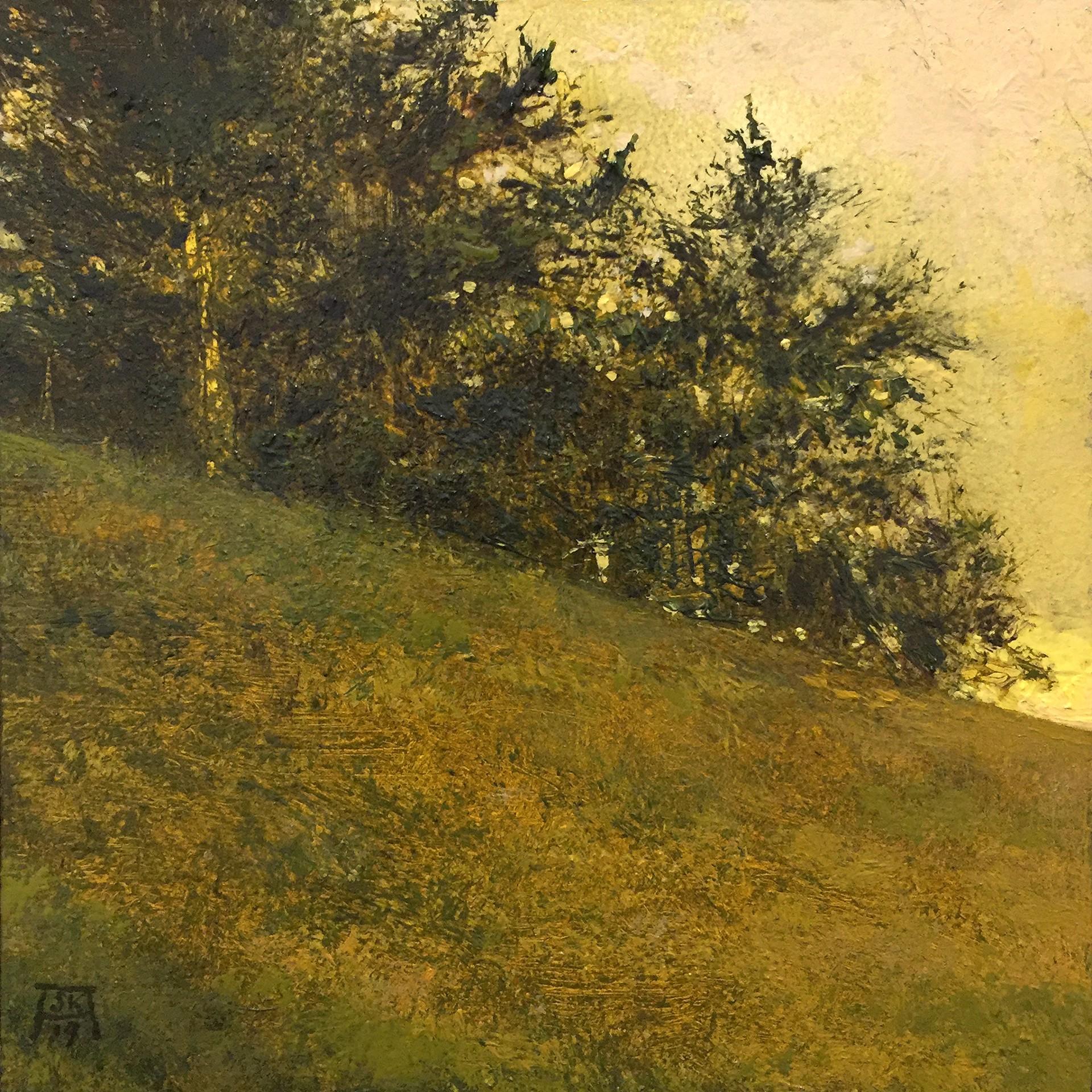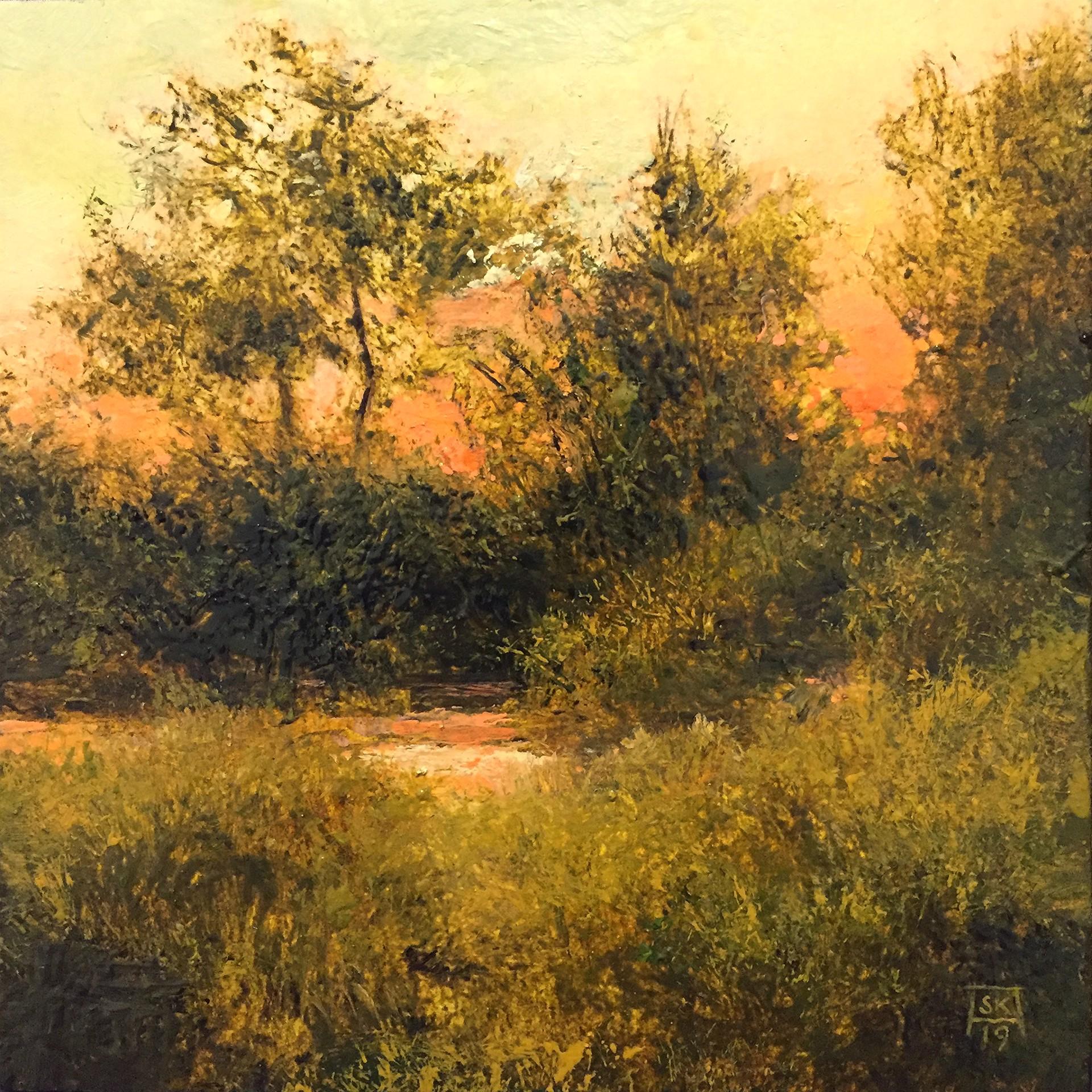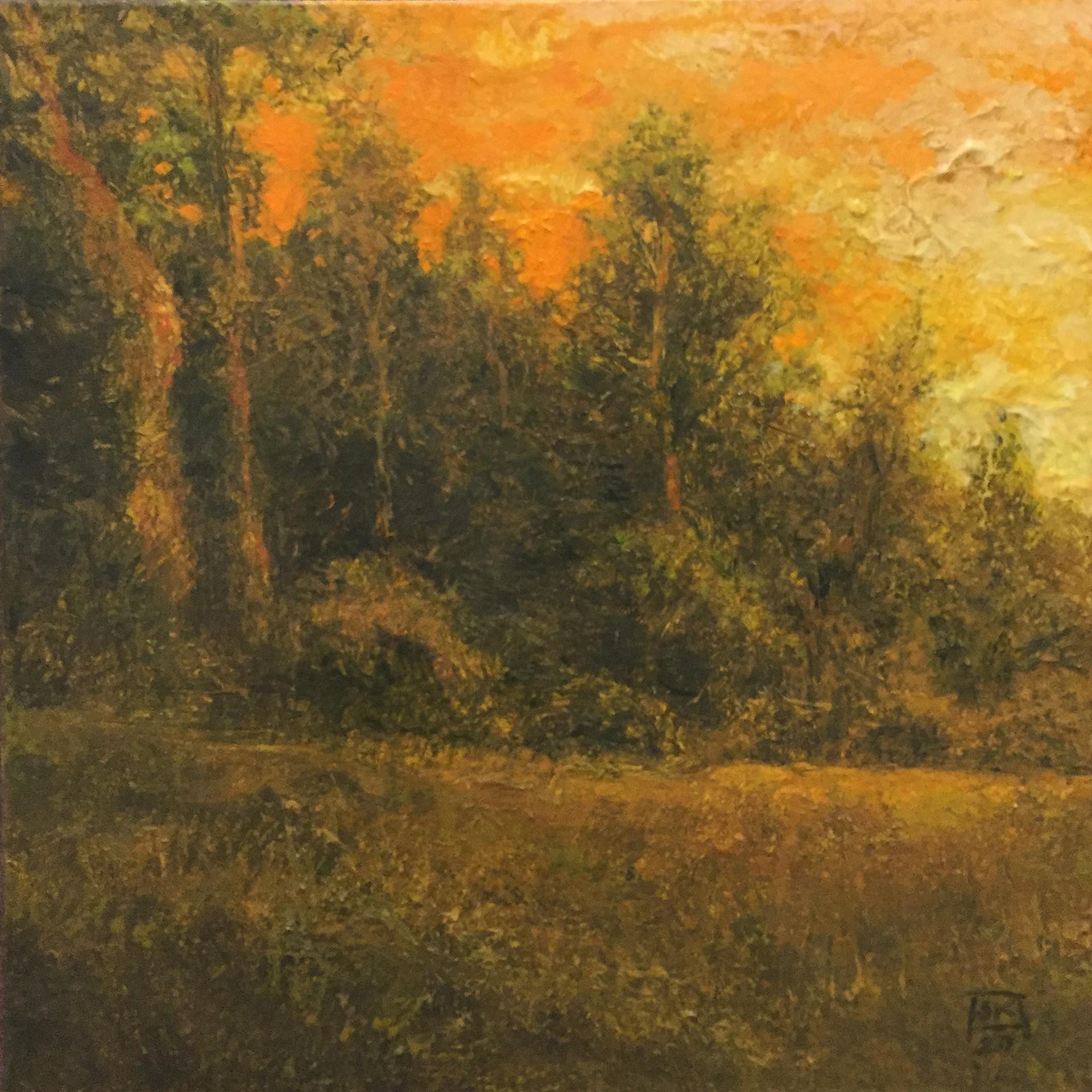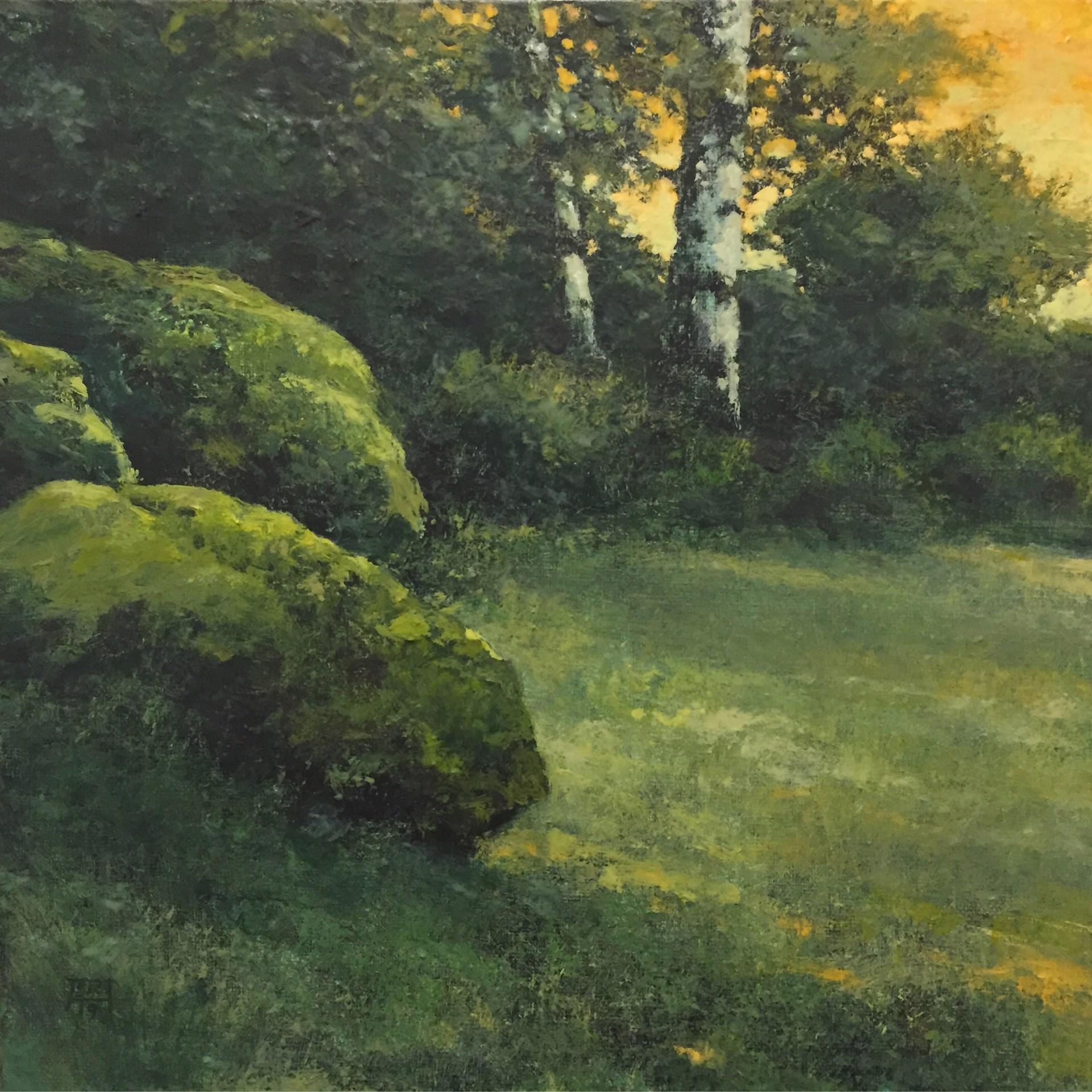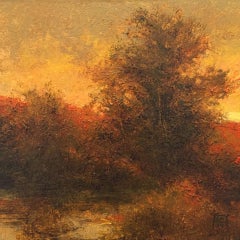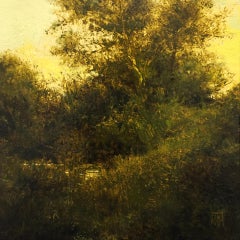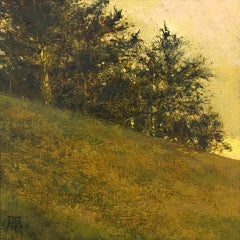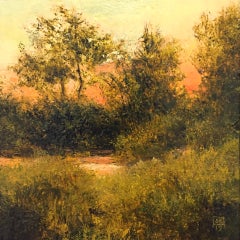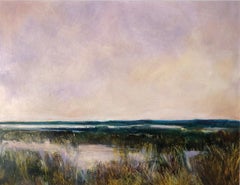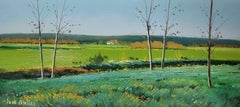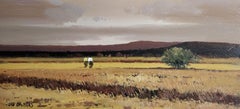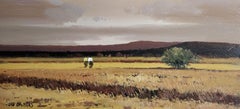Want more images or videos?
Request additional images or videos from the seller
1 of 2
Shawn KruegerEvening (Ode to H. B. Jones)
$525
£408.24
€464.18
CA$756.38
A$827
CHF 432.36
MX$9,948.65
NOK 5,471.13
SEK 5,131.44
DKK 3,465.95
About the Item
Evening (Ode to H. B. Jones)
- Creator:
- Dimensions:Height: 5 in (12.7 cm)Width: 5 in (12.7 cm)
- Medium:
- Period:
- Condition:
- Gallery Location:Denver, CO
- Reference Number:Seller: 19jhfaf-5x51stDibs: LU130828941712
About the Seller
5.0
Platinum Seller
Premium sellers with a 4.7+ rating and 24-hour response times
Established in 1990
1stDibs seller since 2019
768 sales on 1stDibs
Typical response time: 2 hours
- ShippingRetrieving quote...Shipping from: Denver, CO
- Return Policy
Authenticity Guarantee
In the unlikely event there’s an issue with an item’s authenticity, contact us within 1 year for a full refund. DetailsMoney-Back Guarantee
If your item is not as described, is damaged in transit, or does not arrive, contact us within 7 days for a full refund. Details24-Hour Cancellation
You have a 24-hour grace period in which to reconsider your purchase, with no questions asked.Vetted Professional Sellers
Our world-class sellers must adhere to strict standards for service and quality, maintaining the integrity of our listings.Price-Match Guarantee
If you find that a seller listed the same item for a lower price elsewhere, we’ll match it.Trusted Global Delivery
Our best-in-class carrier network provides specialized shipping options worldwide, including custom delivery.More From This Seller
View AllEvening (Ode to A. Hoeber)
By Shawn Krueger
Located in Denver, CO
Evening (Ode to A. Hoeber)
Category
21st Century and Contemporary More Art
Materials
Panel, Oil
Evening (Ode to H. D. Martin)
By Shawn Krueger
Located in Denver, CO
Evening (Ode to H. D. Martin)
Category
21st Century and Contemporary More Art
Materials
Panel, Oil
Evening (Ode to C. W. Eaton)
By Shawn Krueger
Located in Denver, CO
Evening (Ode to C. W. Eaton)
Category
21st Century and Contemporary More Art
Materials
Panel, Oil
Evening (Ode to D.W. Tryon)
By Shawn Krueger
Located in Denver, CO
Evening (Ode to D.W. Tryon)
Category
21st Century and Contemporary More Art
Materials
Panel, Oil
Along M-115 (June)
By Shawn Krueger
Located in Denver, CO
Along M-115 (June)
Category
21st Century and Contemporary More Art
Materials
Panel, Oil
Field and Stone Study
By Shawn Krueger
Located in Denver, CO
Field and Stone Study
Category
21st Century and Contemporary More Art
Materials
Linen, Oil
You May Also Like
Days End
Located in Fairfield, CT
I primarily paint on location, en plein air. Direct observation allows me to translate the light and color of a particular location as I try to capture a specific point in time. The ...
Category
2010s Paintings
Materials
Linen, Oil
$1,152 Sale Price
20% Off
Untitled
Located in Barcelona, BARCELONA
The painting is being offered with a work and authenticity certificate
Category
2010s Conceptual Landscape Paintings
Materials
Oil
Untitled
Located in Barcelona, BARCELONA
the painting is being offered with a work and authenticity certificate
Category
2010s Landscape Paintings
Materials
Oil, Board
Untitled
Located in Barcelona, BARCELONA
The painting is being offered with a work and authenticity certificate
Category
2010s Conceptual Landscape Paintings
Materials
Oil
Dimly Apprehended Embedding Locality
By Jim Woodson
Located in Dallas, TX
The High Desert near Abiquiu is the inspiration for Texas artist Jim Woodson. His paintings are a unity of the intuitive process of painting, personal ideology, and the desert landsc...
Category
2010s Contemporary Paintings
Materials
Paper, Oil, Acrylic
Price Upon Request
Untitled
Located in Barcelona, BARCELONA
the painting is being offered with a work and authenticity certificate
Category
2010s Landscape Paintings
Materials
Oil, Board
More Ways To Browse
Jones Oil
B Jones
New York City Gelatin Photographs
War Artists
Louvre Museum
Museum Of Modern Art Posters
Time Magazine
Scotland Photography
Photograph New York
1990 Lithographs
Subway Station
Abstract Wood Sculpture On Base
Botanical Garden
Number Plate
Artist Plates
Hand Signed Lithographs
Art 1974
Small Black And White Photos
